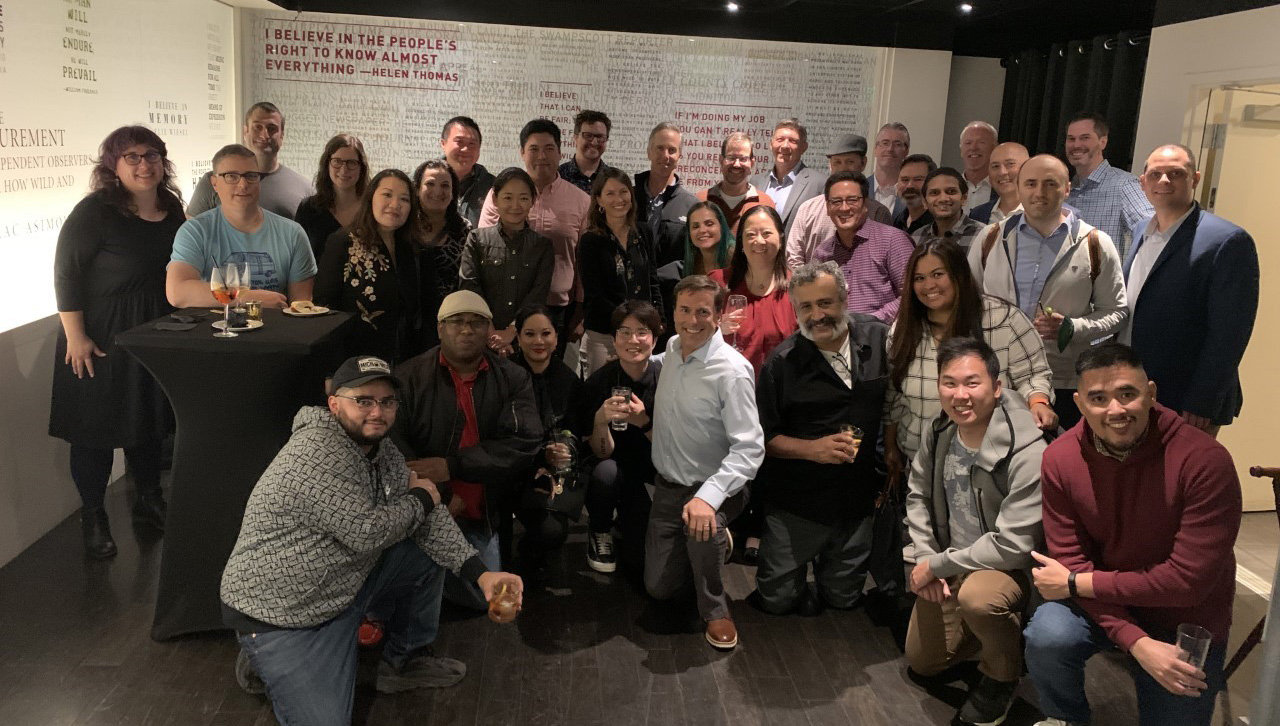Gap Analysis Solution for IT and Legal Teams Transitioning to M365
Lighthouse saves insurance giant millions of dollars during major technology upgrade. Key Actions Microsoft referred the Company to Lighthouse to resolve existing concerns from the Company’s IT and legal departments that were stifling their automation and transition process to Microsoft 365 (M365). Lighthouse held educational workshops on eDiscovery tools within M365, and devised a comprehensive plan for the compliance. Key Results Unblocked the M365 transition effort and enhanced the partnership between legal and IT. Compliance concerns were answered within M365, saving the company millions of dollars in retaining or updating legacy data management systems. What They Needed Legal Concerns Churn 11th Hour Nightmare for IT Department In 2017, a nationwide insurance giant initiated a transition from an on-premises Microsoft solution to a cloud-based M365 solution fueled by gain from cost, performance, and security improvements. Years later, and well past the intended launch date, the Company’s legal team suddenly halted the transition entirely due to concerns of M365’s eDiscovery capabilities, specifically, how M365 would handle the identification, preservation, and collection of email, instant messages, and files for the Company. The legal department insisted the company retain its custom-built archival solution until all compliance concerns were allayed. These demands put the IT department in an extremely tough spot after having already invested several years into the transition to M365. If forced to extend their aging, on-premises solution, the team would face substantial costs. To help unstick the implementation project, Microsoft suggested the Company engage Lighthouse to assist. Lighthouse immediately understood the legal team’s concerns and acted swiftly to address the Company’s insistence on exercising the transition to M365 with great caution, all while remaining vigilant of the Company’s receipt of hundreds of new legal matters monthly. The sensitive nature of data in this industry and the complex regulatory environment made the potential risk related to mismanagement very high. The process was intricate and complex, and required high-level integration to mitigate the significant risks that were specific to individual privacy regulations, such as the California Consumer Privacy Act (CCPA) and the European Union’s General Data Protection Regulation (GDPR). Hands-on Experience and High-touch Service Bridge the Gaps Lighthouse fielded a team of experts with direct experience in the same or similar roles as the various client stakeholders, ranging from IT to records management, corporate legal, and public affairs. This hand-selected team led a three-part process with their counterparts from the Company: Providing education on the eDiscovery aspects of M365 Analyzing current workflows and performance, and expressing their desired future state Devising a high-level design document for how relevant parties could conduct eDiscovery tasks in compliance with the requirements while using M365 The first two processes helped restore unity among stakeholders, while the design document delivered on the legal team’s concerns, including specified settings for a range of M365 applications and components, such as Exchange Online, SharePoint Online, OneDrive for Business, and Teams. The design document made room for process automation and/or custom workflows, as well as for third-party system integration (for compliance archive, legal hold, matter management, etc.). The initial project success led to a continuing relationship between the Company and Lighthouse, and over time Lighthouse has become a critical element in the Company’s ongoing M365 implementation and adoption journey helping them in charting a path forward. Corporate Case Studycase-study; big-data; cloud-migration; cloud; cloud-services; ccpa; corporate; corporation; data-privacy; data-protection; emerging-data-sources; information-governance; ediscovery; microsoft; gdpr; legacy-data-remediation; legal-holds; risk-management; insurance-industry; record-managementmicrosoft-365; data-privacy; information-governance; client-success; lighting-the-path-to-better-information-governanceCase-Study, Big-Data, Cloud-Migration, cloud, Cloud-Services, ccpa, Corporate, Corporation, Data-Privacy, data-protection, Emerging-Data-Sources, Information-Governance, eDiscovery, microsoft, gdpr, Legacy-Data-Remediation, Legal-Holds, microsoft, risk-management, insurance-industry, Record-Management, microsoft-365, data-privacy, information-governance











